
Mining the Underground Innate Knowledge of Your Team
You may not have run into this term before… maybe you have. It was new to me before I began putting together the notes for The Goal Driven Business.
In any case, it is a concept worth knowing and one you can use to improve your business. I’ll give you an example and then define it.
It was spring years ago, and I was meeting with a motivated practice owner who was already doing well. We were discussing marketing plans for the next several months, and some of our programs ended in June. We needed something that would work for July. So I said, “Why don’t we ask the staff for some ideas?”
We were scheduled for a team meeting anyway, which I attended. After the usual topics were covered, the doctor asked the staff for some ideas for marketing in July. Now, the doctor was relatively new to the community, and the team was long-time residents. Various ideas were thrown around, and one seemed to percolate and draw enthusiasm from the staff. A popular promotion that they had experienced as local consumers in their town was “Christmas in July.” Since their community was familiar with this promotion, they were sure it would work well if it were tied to a patient referral program.
Both the doctor and I thought it was a dumb idea. However, the staff was already in high gear planning the promotion by the end of the staff meeting. I suggested to the doctor that he let them run with it. He did, and as it turned out, it was a big hit. They had one of their best new patient and office visit months ever… in July.
At another office, some years later, I was helping the doctor work out her mission statement for the practice. She and her associate were hitting speed bumps trying to come up with a simple definition. I recommended putting it to the staff to see what they might come up with. At the next team meeting, the doctor discussed the idea of a global statement for the WHY of the office and its higher goals and asked them if they could work it out as an office mission by next week.
And that is what they did. The following week, the manager and staff presented the mission statement to the doctors. The doctor emailed it to me.
I didn’t really like it as it was long and too mushy, at least for me. But the doctor approved it and posted it in the reception area. The staff loved it. It fit their compassionate attitudes towards the patients and captured their existing relationship with them. They memorized it, and it was recited after every staff meeting. Their stats haven’t come down since. They are a happy and Goal Driven group!
In our consulting, we routinely encouraged the wisdom of veteran staff to be integrated into the management and marketing of the office. We didn’t have a definition for this knowledge, but it was effective nonetheless.
Here is the definition of Tribal Knowledge according to Leonard Bertain in his book, The Tribal Knowledge Paradox:
Tribal knowledge is the collective wisdom of the organization. It is the sum of the knowledge. It is the knowledge used to deliver, to support or to develop value for customers. But it is also knowledge that is wrong, imprecise and useless. It is knowledge of the informal power structure and process, or how things really work and how they ought to. … But more importantly, it is the untapped knowledge that remains unused or abused.
There is much more to this, of course. A valuable management and leadership skill is how to elicit tribal knowledge, decipher it, filter the practical from the impractical, and put it to use.
I try to keep these newsletters as short as possible. If you want to set up a time to discuss this subject more, just make an appointment (link below). No charge for subscribers to this newsletter.
Not everything can be put on job checklists. Job checklists are very useful, but there is a wealth of knowledge just under the surface with your team, even your spouse, that can be accessed and put to good use.
By creating a culture where it is safe to contribute learned experiences in team meetings, coaching sessions, and other opportunities, improvements in your practice can be made faster.
Seeking and honoring the tribal knowledge gained from the experience of your team respects them, whether the information is useful or not. This is the essence of creating a synergistic office – where team members help each other — to help more people become healthier.
Carpe Future (Seize the future)
Ed
Want to discuss how to uncover the Tribal Knowledge in your practice, schedule a short call with Ed here.

 Effective leaders are, first and foremost, good teachers.
Effective leaders are, first and foremost, good teachers.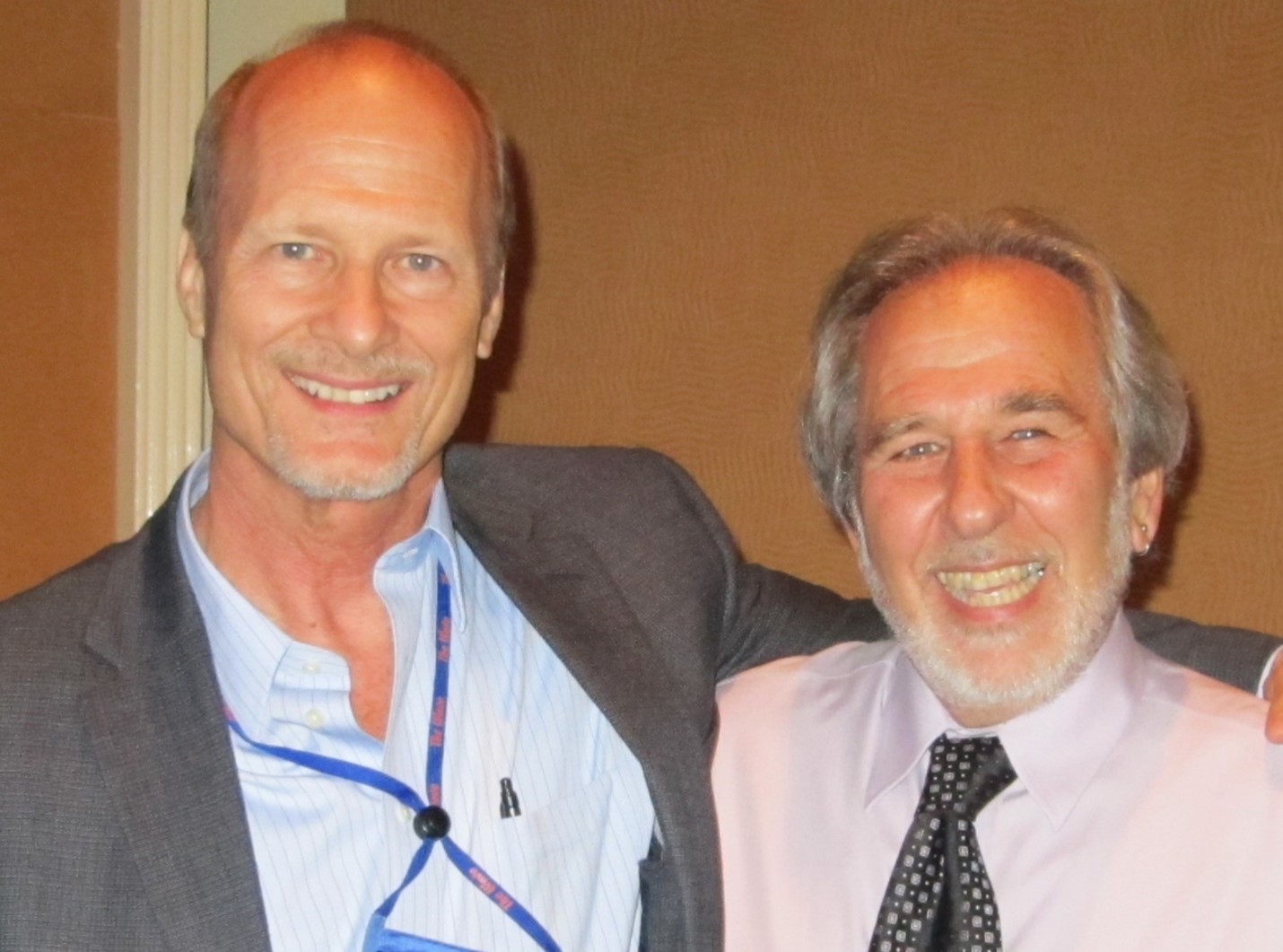


 Gratitude is not only the greatest of virtues, but the parent of all others.
Gratitude is not only the greatest of virtues, but the parent of all others.

 “No company, small or large, can win over the long run without energized employees who believe in the mission and understand how to achieve it.”
“No company, small or large, can win over the long run without energized employees who believe in the mission and understand how to achieve it.”


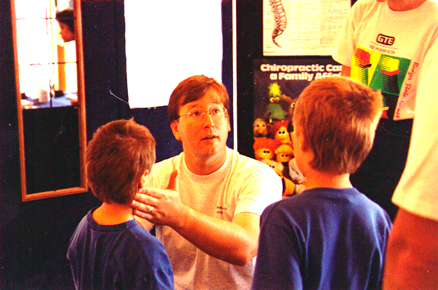
 Here in the United States, July 4th is a date we celebrate each year, commemorating the independence as colonies from Great Britain.
Here in the United States, July 4th is a date we celebrate each year, commemorating the independence as colonies from Great Britain.
 While she indeed does “sparkle,” so does the entire practice. And the sparkle of this office is a byproduct of its synergy.
While she indeed does “sparkle,” so does the entire practice. And the sparkle of this office is a byproduct of its synergy. “Call your mom!”
“Call your mom!”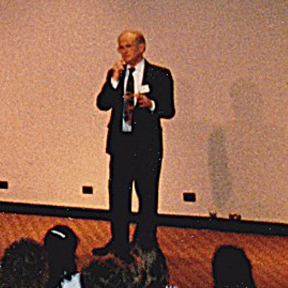
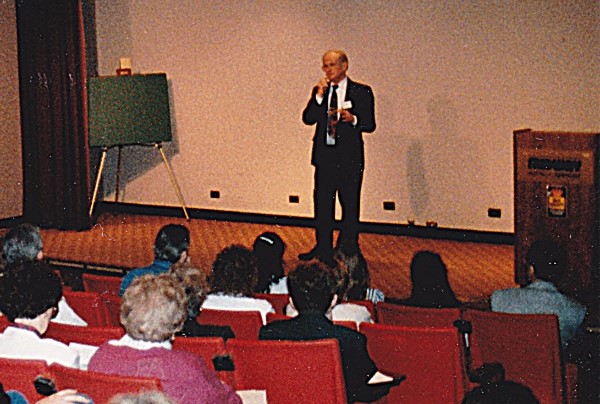
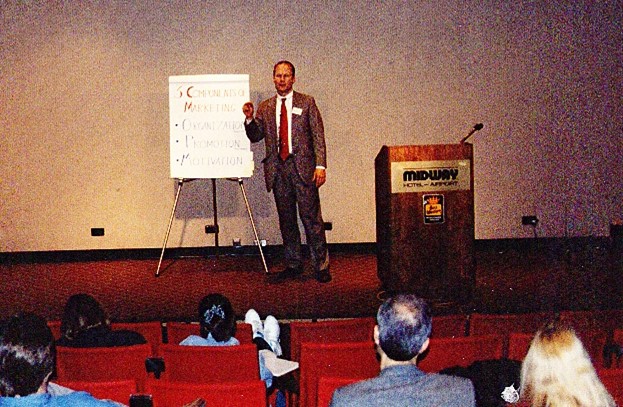
 On occasion, you may need to hire a new team member. We always help our clients with hiring and “onboarding” new employees on our major consulting programs.
On occasion, you may need to hire a new team member. We always help our clients with hiring and “onboarding” new employees on our major consulting programs.